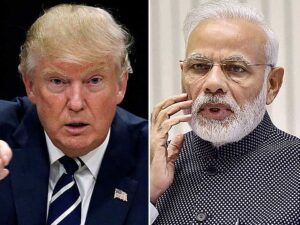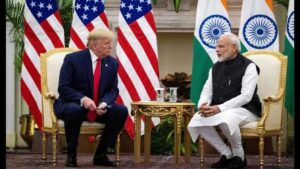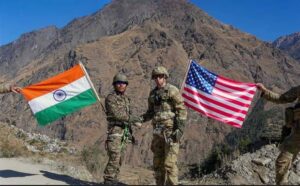Arming Armenia:
Now let’s talk about a relationship that India has quietly expanded, a relationship with Armenia. It’s a formidable republic and a landlocked European country. Now Armenia, for Armenia, India has become the largest defense supplier. And after the face-off with Pakistan, India is stepping up those supplies. It is expediting delivery of a wide range of weapons, from surface-to-air missiles to rocket launchers.
Directed at Pakistan and at Turkey, two countries that openly provoke India this month, India is accelerating delivery of several weapons to Armenia. This includes a second batch of the Akash Perpetu Air Missiles, along with weapons like Hausa guns and Pinaka multiple launch rocket systems. This is not a symbolic gesture. India is mounting a tangible response against a rising Axis, Pakistan, Turkey, and Azerbaijan. These three nations are building a trilateral partnership, one that openly backed Pakistan during Operation Sindhu. Turkey and Azerbaijan fully supported Islamabad. Turkey even supplied weapons.

These countries have picked a side, so India is responding in kind by arming Armenia, a country locked in a long conflict with Azerbaijan. Armenia once relied on Russia for military supplies, but after Russia’s focus shifted to Ukraine, Armenia had quietly started to pivot towards India. India is sending a clear message. If Turkey and Pakistan align strategically, India’s counter will be of a similar kind. If they arm Azerbaijan, India will arm Armenia. But the push isn’t limited to the battlefield.
Turkish company Celebi has been banned from Indian airports. Indians are boycotting Turkey and Azerbaijan. Indian tourists are cancelling plans to visit Istanbul and Baku. Business and consumers are turning away. New Delhi is matching military action with economic diplomacy. Armenia, too, is part of this broader strategy. By backing Armenia, India is strengthening its position. All of India is focused on the external threat, on Pakistan and its terrorism, but India faces internal threats too, none bigger than that of Naxalism.
Today our security forces notched a major victory against Naxalism, carrying out an operation in the state of Chhattisgarh, specifically in the Narayanpur district. Around morning, an encounter broke out. By the end of it, 27 Naxalites were neutralized by the Indian forces, and among them was this man, Nambala Keshav Rao, also known as Basaba Raju. He was their top leader, the General Secretary of the PTI Maoist. Basaba Raju is a most wanted Naxalite. He had a bounty of 2 crore rupees on him, so neutralizing him is a big victory in the fight against Naxalism. Home Minister Amit Shah called it a landmark achievement, and Prime Minister Modi praised the security forces.
He promised to eliminate Naxalism and deliver peace. So tonight, let’s take a closer look at that goal. How close is India to achieving it? What remains of the Naxal movement? And how important was today’s operation?
The Naxal movement dates back to the late 1960s. It began from the state of West Bengal, from a place called Naxalbari. That is how the movement got its name. These insurgents are inspired by Maoist ideology. Mao Zedong, as you know, led Communist China’s revolution. These insurgents broadly want to replicate that, to use arms to overthrow the Indian state.

That’s what they want to do. They attack security forces, political convoys, and economic infrastructure. After the 1960s, Naxalism spread to other states as well. Experts talk about a red corridor. Andhra Pradesh, Bihar, Chhattisgarh, Jharkhand, Madhya Pradesh, Maharashtra, Odisha, Telangana, West Bengal, Uttar Pradesh. That’s at least 10 states affected by Maoism. Reports say around 80 million Indians have been hit by it. Successive governments have tried to quell this insurgency, including the current Modi government.
